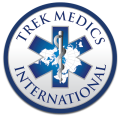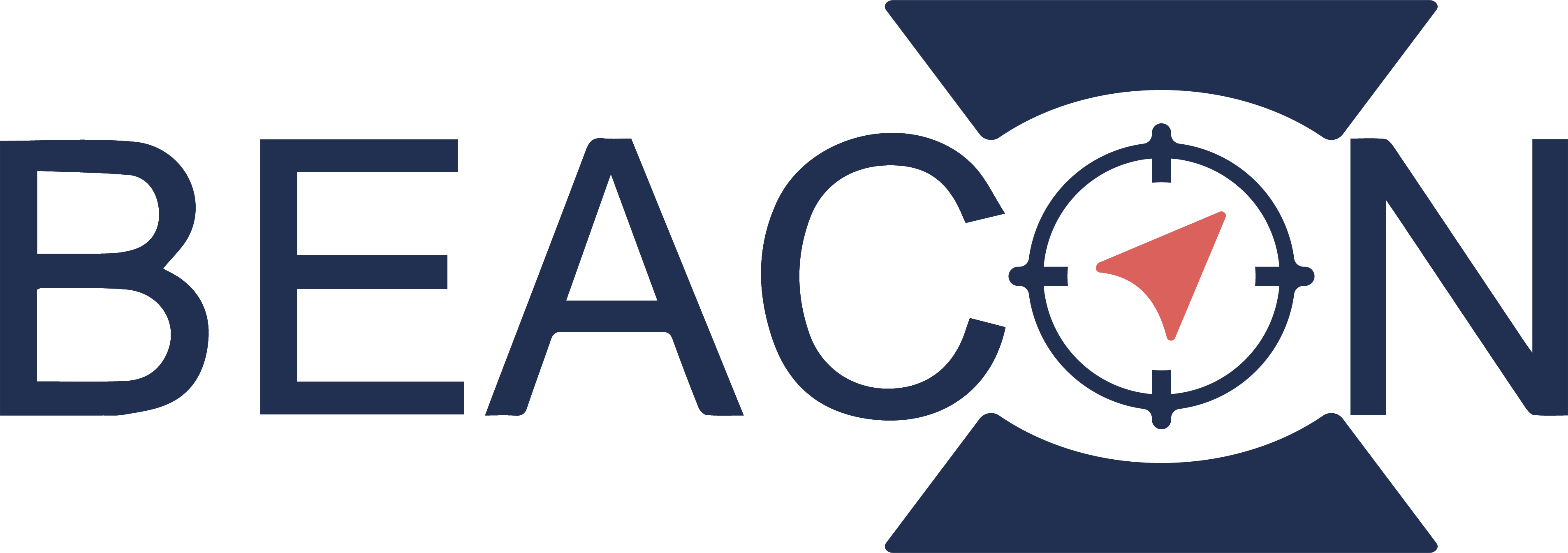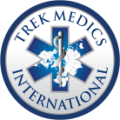AT-A-GLANCE
DIAL 999 or 991 TO CALL AN AMBULANCE IN MALAYSIA:
- Emergency Medical Systems in Malaysia are young, but improving and growing rapidly do to growing public demand
- Most available ambulance services are restricted to major metropolitan areas and use a tiered response system including motorcycles and transport ambulances
- Ambulances are typically provided by hospitals and NGOs (St. John’s, Red Crescent), including both basic and advanced life support, though many private ambulance companies are in operation, particularly for inter-facility transfers and scheduled transports
HOW CAN I CALL AN AMBULANCE IN MALAYSIA?
- Dial 999 for government ambulance service (ministry of health hospitals, St. John Ambulance, Malaysia Red Crescent)
- Dial 991 for Civil Defense
In 2010, Malaysia was reported to have 793 ambulances in service (85% public), which resulted in a ratio of 0.28 ambulances per 10,000 population (the recognized standard being 1 ambulance per 10,000) with a total of 169,129 emergencies attended to by ambulance in Malaysia. (Arunah 2010)
Yes, you can reportedly call 999 from anywhere, but it’s important to know local hospital numbers to call just in case.
Please note: The numbers listed here are are largely for private ambulance services providing inter-facility transports, not focused on providing prehospital emergency care.
Ground Ambulance in Malaysia
JOHOR
- Aman Transmedik Service:+60 7-221 9000 (Hotline) /+60 7-221 9919
- Ambulance Service for JB, Muar & Malacca
- Medic Care: +60 16-260 0236
KEDAH:
- Cakra Ambulance Services: +60 19-480 3042 / +60 10-382 6128
- SP Ambulance Service: +60 12-558 7536
KELANTAN
- ProLife Medic Ambulance Services: +60 19-906 5055
- Red Ambulance Services: +60 19-984 3999
KUALA LAMPUR – FEDERAL TERRITORY
- Code Three EMS Services: +60 16-203 5911
- Elite Emergency Management Services: +60 18-266 4995
- Global Doctors Centre EMS Service: +60 3-6203 0999
- Maha Mas Medic Services Sdn Bhd: +60 3-4024 8999
- MMR Ambulance: +60 11-2660 6026
- Paramedic Ambulance: +60 11-1222 0008
- Rasyah Medic Services: +60 12-559 4551
- Rayamars Ambulance Services: +60 3-4280 2055
KUALA TERENGGANU
- Mega Medic Ambulance: +60 19-999 0491
PAHANG
- Ambulance Medical Service: +60 11-1874 2306
- A & E Medical Ambulance Service: +60 19-990 3814
PERAK
- B & K Ambulance Services: +60 5-546 1999
PERILS
- BP Healthcare @ Jalan Jubli Perak:+60 4-977 3285
PULAU PINANG
- Ambulance Medilife:+60 4-646 3999
- Northern Transmedi Ambulance: +60 12-460 4009
SELANGOR
- Ampang — Wide Medic Ambulance Service: +60 19-244 8999
- Petaling Jaya — Code3 EMS: +60 14-647 6369
- Petaling Jaya — Puteri Malaysia Ambulance 2000: +60 3-7877 8899
- Petaling Jaya — SMA Medic Ambulance Service: +60 16-511 1177
- Puchong — VhiVhi Ambulance: +60 17-363 6692
- Seri Kembangan — Global Pro Medic Ambulance: +60 12-377 4991
- Seri Kembangan — WNK One Ambulance: +60 12-639 9938 ( Hotline 24/7 )
- Shah Alam – Avicenna Global Services II: +60 11-180 5819
- Subang Jaya — Lifesaver Ambulance: +60 17-511 1641
- Subang Jaya — Paramedic Ems Services Sdn. Bhd: +60 3-5103 0686
TELUK INTAN
- Medifa Care Ambulance Service: +60 19-560 4003
Air Ambulance in Malaysia
There aren’t many helicopter ambulances available, but they can be provided by Royal Malaysian Police, Armed Forces, and Malaysian Helicopter Services
You may also call 991 in disasters. In 2000, Rescue 991 was established by the Malaysian Civil Defense (Jabatan Pertahanan Awam Malaysia), “A special government body established to assist in all emergency and disaster event in Malaysia”. (Shah Che Hamzah, 2005) In 2006, the Southeast Asia Tsunami hit vacation islands of Penang And Langkawi
- 88 dead; 6 missing; 300 injured; approx. 700 houses destroyed
- Early warning systems and Lifeguards had warned public to stay indoors “due to the choppy waters sighted earlier” (Hisamuddin, 420)
- “Peninsular Malaysia was spared full impact of the tsunami as it is sheltered by the island of Sumatra and not directly exposed to the Indian Ocean” (Hisamuddin, 420)
Yes, some. There are three types of prehospital providers recognized as being currently active in Malaysia (Ong, 2013):
- Medical Assistant/EMT – The most common type of responder, receiving 120 hours of training and able to perform some basic airway skills and administer some medications via subcutaneous or intramuscular injection
- Patient Transport Officer – No information available
- Advanced Life Support Officer – In addition to Medical Assistant/EMT skills, they are also able to administer fluids and adrenaline intravenously; training is reported to require 2635 hours
However, Lin et al (2016) report that there is an “Absence of standardization on the education requirements for EMS providers”.
- New modular vehicles may have BLS or ALS equipment (including portable ventilator/ultrasound) and are manned by doctor or trained support staff
- “Equipment provision … often relies on the annual budget of the emergency department that controls the ambulance services. This places the burden on the emergency department that already struggles for its own development” (Hisamuddin, 419)
- Emergency ambulances are also often used for interfacility transfers
“In 2010, there were 223 hospitals in Malaysia that provided emergency and trauma services, of which 133 were public hospitals and 90 private hospitals.” (Arunah, 2010) See the full list here.
Government ambulance services are free, funded through the tax base (Lin, 2016) University Malaya ambulance charges
ADDITIONAL INFO
From St. John Ambulance Malaysia website:
“As the Japanese troops attacked and advanced from southern Thailand and headed towards Singapore, the number of military and civilian casualties increased. SJAB members were enlisted in the Medical Auxiliary Service to serve as stretcher bearers and first aiders. In the post-World War II nationwide effort to revive SJAB, the redefined role of the St. John Ambulance in providing ambulance services began with the donation of ambulances by individuals, corporate bodies and government agencies, notably government hospitals. Ambulance service, particularly in smaller towns, gained a reputation for its reliability, and are often called upon whenever help is needed. SJAM complements the government hospitals in major towns by extending its ambulance services to other remote areas.”
From Malaysia Red Crescent website: “[Malaysia Red Crescent Society] MRCS has provided emergency ambulance services since May 1969. During the riots of 13th May 1969, MRCS took over the Emergency 999 ambulance calls from Kuala Lumpur General Hospital, becoming the first voluntary organisation to provide such a service, working together with the Ministry of National Unity and Social Development as well as the Ministry of Health. Following this, the MRCS 999 24 hours Emergency Ambulance Serving Kuala Lumpur and the Klang Valley area was launched on 4th June 1969 in order to supplement and complement the Government Emergency Medical Services. On 1st January 1972, an agreement was signed between the Ministry of Health and MRCS in which the Emergency Ambulance Service wa financed by an annual Government grant until 1986, and through reimbursement of all the expenses incurred by the Society thereafter.”
Prehospital emergency care and ambulance transport are overseen by the Malaysian Ministry of Health
- Emergency Medical and Trauma Services Policy (2012)
- Anisah A et al: “Patients’ perception of the ambulance services at Hospital Universiti Sains Malaysia.” Singapore Medical Journal 2008;49(8):631-5.
- Cheng SK et al: “Cardiopulmonary Resuscitation : The Short Comings in Malaysia.” Malaysian Journal of Medical Sciences. 2008;15(1):49–51.
- Hausmann M et al: “Designing a prehospital system for a developing country: estimated cost and benefits.” American Journal of Emergency Medicine. 1997 Oct;15(6):600-3.
- Hara T: “Comparison of Emergency Medical Services Education and Resuscitation Practice in Asian Countries.” [PDF]
- Hisamuddin N, Hamzah MS, Holliman CJ: “Prehospital emergency medical services in Malaysia.” Journal of Emergency Medicine 2007;32(4):415-21.
- Lin CH et al: “Variation of current protocols for managing out-of-hospital cardiac arrest in prehospital settings among Asian countries.” Journal of the Formosan Medical Association 2016 Aug;115(8):628-38.
- National Healthcare Establishments and Workforce Statistics 2010, Government of Malaysia. Chapter 6: “Emergency and Trauma Services in Malaysian Hospitals.” Editor: Arunah C et al.
- Ong ME: “Comparison of emergency medical services systems in the pan-Asian resuscitation outcomes study countries: Report from a literature review and survey.” Emergency Medicine Australasia. 2013;25(1):55-63
- Rahman NH: “Emergency medical services key performance measurement in Asian cities.” International Journal of Emergency Medicine. 2015 Apr 23;8:12.
- Shah Che Hamzah MS et al:”Ambulance services at hospital universiti sains malaysia and hospital kota bharu: a retrospective study of calls.” Malaysian Journal of Medical Sciences 2005;12(2):34-42.
- Malaysian Ministry of Health: “Emergency Medicine and Trauma Services Policy” (2012)
- Malaysia Fire and Rescue Service (Balai Bomba dan Penyelamat)
- Disaster Management Reference Handbook 2016
SCOREBOARD
% of Seriously Injured Transported by Ambulance in Malaysia, 2013
[Source: 2013 Global Status Report on Road Safety, WHO]
ROAD TRAFFIC INJURY DEATHS
(PER 100,000 POPULATION)
[Source: 2015 Global Status Report on Road Safety, WHO]
REPORTED HOMICIDES
(PER 100,000 POPULATION)
[Source: 2014 Global Status Report on Violence Prevention, WHO-UNDP]
MEAN CALL TO ARRIVAL ON-SCENE FOR PREHOSPITAL CARDIAC ARREST
[Source: Rahman et al. International Journal of Emergency Medicine (2015) 8:12*]
MEAN CALL TO ARRIVAL TO HOSPITAL FOR PREHOSPITAL CARDIAC ARREST
[Source: Rahman et al. International Journal of Emergency Medicine (2015) 8:12*]
SURVIVAL TO HOSPITAL ADMISSION FOR PREHOSPITAL CARDIAC ARREST
[Source: Rahman et al. International Journal of Emergency Medicine (2015) 8:12*]
SURVIVAL TO HOSPITAL DISCHARGE FOR PREHOSPITAL CARDIAC ARREST
[Source: Rahman et al. International Journal of Emergency Medicine (2015) 8:12*]
* “the EMS agencies in Bangkok and Kuala Lumpur do not use similar electronic patient care record systems. Most patient care records are manual, and data collection is not standardized and non-uniform.” (Rahman, 2015)
OFFICIAL TWITTER FEEDS
To read translated versions of Tweets in foreign languages, click on the feed to open it in the Twitter mobile app or webpage.
NATIONAL DISASTER MANAGEMENT
ICRC MALAYSIA




